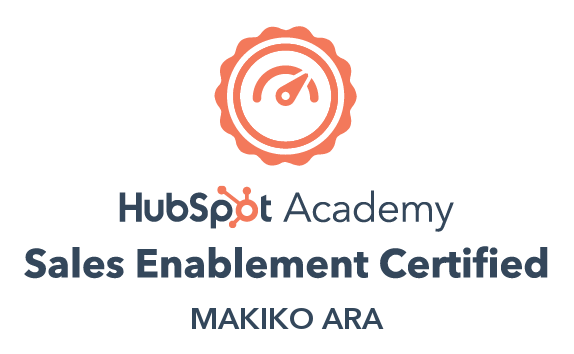The Black Lives Matter movement is not new. It began officially in 2013, but people of color have long been organizing to protest racial injustice. Right now, however, the BLM movement has taken hold in a way it has not achieved before, and people of all backgrounds are standing up and demanding change.
Many brands are jumping on the BLM bandwagon and lending corporate power to the voices of protesters on the street. But while some brands have succeeded in adding their message to the BLM movement with inclusive marketing (Ben and Jerry’s offers a notable example), others have fallen flat and drawn criticism for appearing to capitalize on tragedy.
So what’s the secret to inclusive marketing? How do you show your support for people of color without appearing tone deaf, or worse, like you’re capitalizing on a movement aimed at ending years of injustice? Follow these four guidelines to ensure you are part of the solution — not the problem.
4 Guidelines for Inclusive Marketing
1. Don’t Use Tragedy as a Tool
Developing messaging based on current events can be a valuable way to show your audience support in times of crisis. But effective, inclusive marketing efforts go a step further to back up hollow messages with actions that have real meaning.
The best thing any brand can do is become part of the movement by taking concrete, practical steps to change from within. The worst thing they can do is use the suffering and pain of others to boost market share or revenue without giving back in return.
How can you give back to the BLM movement?
-
Donate to the causes you have based your message on, such as Black Lives Matter, the NAACP, or bail funds for protestors.
-
Start a fund of your own to help support the advancement of Black people in your particular field or industry.
-
Invest in your local Black community.
2. Make Time for Introspection
Supporting a cause your organization believes in is good. But take some time to turn your gaze inward before you rush out to call for change.
“If you are neutral in situations of injustice, you have chosen the side of the oppressor. If an elephant has its foot on the tail of a mouse and you say that you are neutral, the mouse will not appreciate your neutrality.”
Take time to educate yourself on racial inequity and its effects. Examine your organization, partners, and supply chain for inequalities or discriminatory practices. Whether or not they are intentional, they may exist. You have to walk the walk before you can show leadership on racial inequality.
3. Strike the Right Tone
Tone is critical to inclusive marketing. If your message hits your audience the wrong way, your best intentions will mean very little.
Avoid meaningless platitudes, but also avoid taking a serious issue too lightly. Make sure you stay up to speed on the developing situation and listen to what people of color are saying before you rush to respond.
Active
Empowering
Exploitative
Offensive

4. Be Part of the Change
The best way to develop inclusive marketing campaigns is to authentically support diversity and inclusion efforts as part of your business operations and in your personal life.
-
Acknowledge that racism exists so you can act from a place of understanding and compassion.
-
Make an effort to interact with people whose backgrounds are different from yours.
-
Avoid equivocating. Injustice is a cause for outrage and a tepid response won’t cut it.
-
Commit to further change. Let people know exactly what actions you’ll take to support them.
-
Take concrete action to root out racial discrimination in your own organization, community, and country.
Meaningful conversations about inequality shouldn’t only occur when they’re relevant to your marketing strategy. Inclusive marketing happens when your organization already stands against discrimination and injustice.
Get Help with Your Inclusive Marketing Strategy
Need assistance to develop a marketing strategy that effectively communicates your organization’s values and priorities? We can help. The experts at TPM have over four decades of combined experience in B2B marketing. Contact us today.



